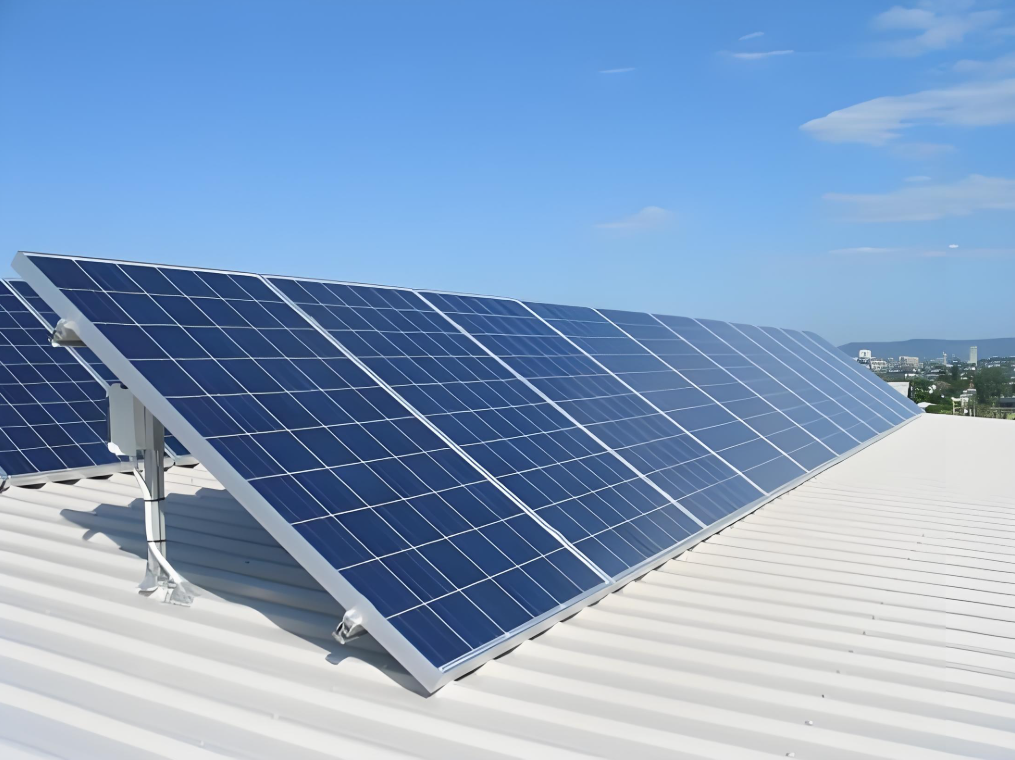Printed Circuit Boards (PCBs) play a vital role in these renewable energy systems, providing the necessary electrical connections, efficiency, and reliability needed for optimal performance. This article explores the applications of PCBs in solar panels and wind turbines, highlighting how these innovations are helping shape the future of clean energy.

PCB Applications in Solar Panels
Solar energy, harnessed through photovoltaic (PV) systems, is one of the most widely adopted renewable energy sources. PCBs are an essential part of solar panels, supporting their electrical systems and enhancing their efficiency. The following are key PCB applications in solar panels:
- Power Conversion: Solar panels convert sunlight into electrical energy, which then needs to be managed and distributed. PCBs in solar systems are used to design and integrate power conversion units, such as inverters and controllers, that manage the conversion of direct current (DC) to alternating current (AC), ensuring a stable and efficient power supply to the grid.
- Efficiency Enhancement: PCBs help increase the efficiency of solar power systems by integrating intelligent power management components. These components monitor and optimize energy flow, reducing power losses and ensuring the solar panel operates at peak performance, especially during varying sunlight conditions.
- Thermal Management: Solar panels operate in outdoor environments, where temperature fluctuations can affect performance. PCBs are designed with built-in thermal management systems, including heat sinks and heat-spreading components, to maintain the optimal operating temperature of solar energy systems.
- Maximizing Lifespan: To ensure long-term durability, PCBs in solar panels are built to withstand environmental stress, including moisture, UV radiation, and temperature extremes. The robust design ensures that the components remain functional over time, contributing to the overall longevity of the solar power system.
- Compact and Lightweight Design: The need for space efficiency and lightweight design in solar power systems makes the compactness of PCBs particularly important. PCBs provide a small yet powerful solution, allowing solar panels to be more flexible and easier to integrate into diverse environments.
PCB Applications in Wind Turbines
Wind energy is another key pillar of the green energy movement. Wind turbines harness kinetic energy from wind to generate electricity, and PCBs are essential in managing the electrical systems that drive turbine efficiency. Below are the key PCB applications in wind turbines:
- Power Control and Conversion: Similar to solar energy systems, wind turbines require power conversion systems to efficiently convert the mechanical energy of the wind into electrical energy. PCBs are used to build controllers and inverters that manage the conversion process, ensuring that the energy produced by the turbine is optimized for use or storage.
- Monitoring and Diagnostics: Wind turbines often operate in remote locations, making monitoring and diagnostics essential for maintaining performance. PCBs support advanced monitoring systems, integrating sensors that measure wind speed, temperature, vibrations, and other key metrics. This data helps to assess turbine health and performance, allowing for predictive maintenance and reducing downtime.
- Signal Processing and Communication: Wind turbines need continuous communication between their various components for efficient operation. PCBs are used to integrate signal processing systems and communication interfaces, ensuring smooth data transfer between sensors, controllers, and remote monitoring systems.
- Power Grid Integration: Wind turbines are often part of large-scale renewable energy farms. PCBs are crucial in managing the integration of wind-generated power into the national or regional power grid. They help ensure the stability of energy flow, regulating the voltage and frequency to match the grid requirements.
- Environmental Protection: Wind turbines are exposed to harsh weather conditions, including wind, rain, and temperature extremes. The PCBs used in wind turbines are designed to be durable and resistant to corrosion, with protective coatings that safeguard against moisture, dust, and other environmental factors.
Benefits of PCB Integration in Green Energy
- Enhanced Efficiency: PCBs enable optimal energy conversion and distribution, which is critical for improving the overall efficiency of renewable energy systems. They ensure that maximum energy is harvested from natural resources like sunlight and wind.
- Reliability and Longevity: Given the demanding environmental conditions in which solar panels and wind turbines operate, PCBs are engineered for high durability and reliability. This contributes to the longevity of renewable energy systems, reducing the need for maintenance and lowering operational costs.
- Cost-Effectiveness: As renewable energy technologies continue to scale, cost reduction is a key factor in making these systems more accessible. PCBs provide a cost-effective solution to integrate complex electrical systems into solar panels and wind turbines, allowing for high-performance systems at a competitive price.
- Sustainability: By using PCBs in renewable energy systems, manufacturers can ensure that these systems are not only energy-efficient but also environmentally sustainable. The compact design of PCBs reduces material usage, and their long lifespan helps in reducing the overall environmental impact of renewable energy devices.
- Flexibility and Scalability: The use of PCBs in green energy systems supports flexible and scalable designs. Solar and wind energy systems can be easily expanded or adapted to meet growing energy demands, with PCBs enabling quick integration of new components as technologies evolve.
Conclusion
Printed Circuit Boards (PCBs) are an integral part of the green energy sector, enabling solar panels and wind turbines to operate more efficiently, reliably, and sustainably. By supporting power conversion, energy optimization, monitoring, and communication systems, PCBs contribute significantly to the functionality and performance of renewable energy technologies.
